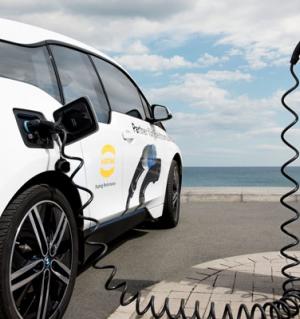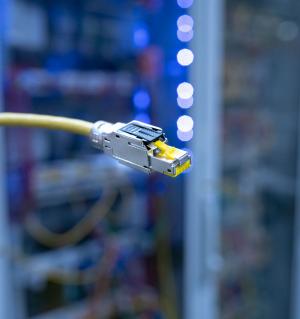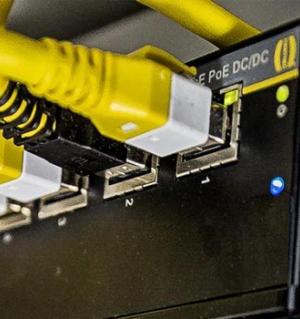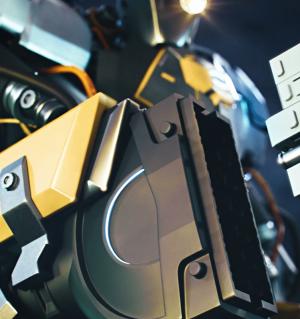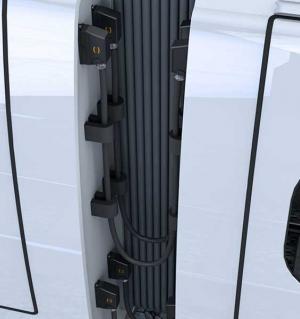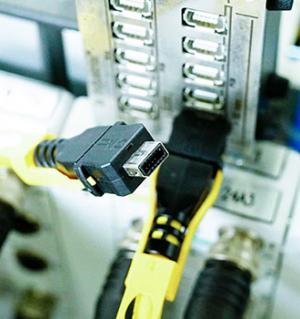Products & Solutions
About The Industrial Internet of Things
Industrial Internet of Things Overview
The Industrial Internet of Things (IIoT) connects machines, analytics, and people with edge devices to create powerful insights to drive smarter, faster, and better business decisions. The IIoT is made up of interconnected machines and devices that can monitor, collect, exchange, and analyze data. It is transforming the industry and changing the way the industry functions. By combining machine-to-machine communications with analytics, companies can reap the benefits of unparalleled efficiency, productivity, and performance.
"As practical IIoT products and solutions emerge, users are starting to implement them to learn how they can create value. But with all the buzz about IIoT, where does an industrial engineer start? At the edge, of course!" - David Humphrey at ARC Advisory Group
History of The Internet of Things
History of Industrial Revolutions:
Industry 4.0 is a term that calls back to previous industrial revolutions, which were also characterized by transitions to new manufacturing processes made possible by new technologies. Key technologies mark the four industrial revolutions:
- 1st Industrial Revolution (c. 19th century): Mechanization, water power, steam power
- 2nd Industrial Revolution (c. Late 19th century): Mass production, assembly lines, electricity
- 3rd Industrial Revolution (c. Late 19th century): Computers and Automation
- 4th Industrial Revolution/I4.0 (2012): Cyberphysical systems
Getting started in Industry 4.0 can seem like a daunting task. However, there are a few simple ways to get started. The HARTING MICA IIoT kits provide everything that is needed for a basic IIoT/Industry 4.0 prototyping application. To learn more about the kits and find one that's right for you, click here.
Internet of Things Terminology
IoT, IIoT, Industry 4.0., I4.0: These terms are thrown around, often interchangeably, but they each have very definitive terms and uses. Knowing this is the first step to navigating the connected world.
Internet of Things (IoT): The term IoT is a large, broad term that refers to a network of physical devices, such as phones, vehicles, appliances, et cetera, that are embedded with technology that allows them to connect and exchange data over “the Internet”. This results in a more direct integration of the physical world into our modern digital systems, with the goal of efficiency improvements, economic benefits, and automated work.
Industrial Internet of Things (IIoT): The Industrial Internet of Things (IIoT) is a subsection of the larger IoT that refers to industrial applications. IIoT devices, such as edge computers require additional protection against its environment, such as enclosures with IP65 ratings. The term is used across many different industrial markets, including agriculture.
Industry 4.0 (I4.0): Industry 4.0 (or “I4.0”) refers to a slightly different, but also shared section of the IoT and IIoT space. Industry 4.0 is often called "the fourth industrial revolution" or "smart factories." In Industry 4.0, cyber-physical systems can monitor physical processes, create a virtual copy of the physical world and make decentralized decisions. These systems can communicate and cooperate with each other and with humans in real time, both internally and across an organization to maximize operational efficiencies and streamline processes. While IoT and IIoT relate specifically to the benefits of connecting devices to the broader “Internet”, Industry 4.0 focuses more on the general process of optimizing industrial operations based on the collection and evaluation of data, which may or may not include an Internet connection.
Hear From the Experts
Learn everything you need to know to make the IIoT a reality from this All-Star panel.
The IIoT (Industrial Internet of Things) is more than just a buzzword, it’s the future of the industrial marketplace. To discuss its current state, what challenges it faces, and its future opportunities, HARTING has assembled a panel of outside experts who will provide their own unique insights into the IIoT and guide the audience systematically through the intricacies of creating and deploying a successful IIoT solution.
The live panel discussion has been separated into 8 different parts:
- Overview of IIoT Panel Discussion
- Introduction of Panelists
- IIoT Architecture
- Hardware
- Software
- Systems Integration
- Domain Expertise
- Concluding Remarks and Audience Q&A

